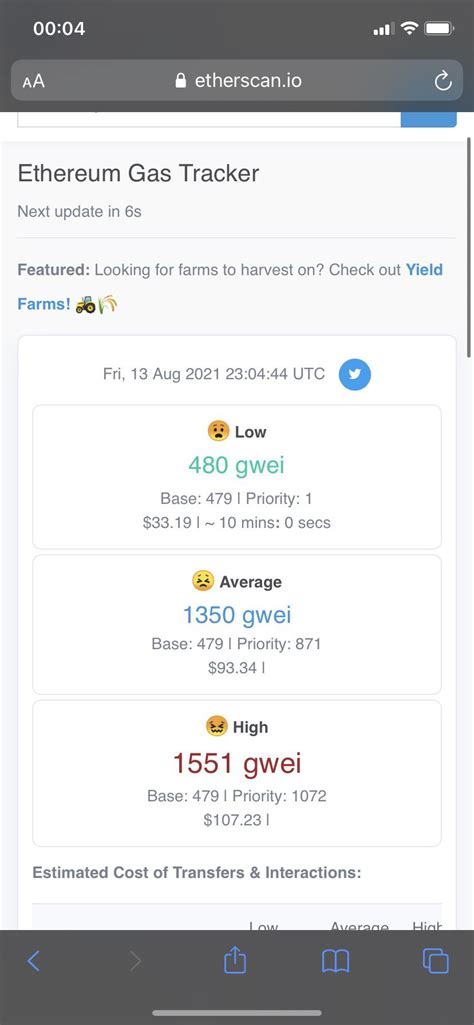Ethereum: Understanding the Reason Behind Multiple Wallet Addresses

As you navigate the world of Ethereum, it’s not uncommon to come across multiple wallet addresses. But have you ever stopped to think about why this is happening? In this article, we’ll look at the reasons behind your accumulation of multiple Ethereum wallet addresses and explore what receiving and sending transactions mean in the context of Ethereum.
Understanding Wallet Addresses
A wallet address is a unique identifier for a specific Ethereum wallet. Each address has a private key associated with it, which is used to sign transactions and receive payments on the Ethereum network. When you create a new wallet address using Electrum or another compatible tool, it generates a string of unique addresses, usually in the format “0x…” These addresses are known as “passphrases” or “wallets.”
Why do I have multiple addresses
With two new wallet addresses (init and init2), you might be wondering why there are multiple wallets. The reason lies in the way Ethereum handles wallet creation and management. When you create a new wallet, Electrum generates two types of wallets:
- Passphrase wallets: These wallets contain a passphrase, which is a backup set of private keys used to restore the wallet. Passphrases are usually randomly generated and are used to create multiple wallets.
- Private key wallets: These wallets store your actual private keys, which can be used to directly sign transactions.
In your case, you have two separate passphrase wallets: init and init2. Each contains a unique set of private keys that can be used to restore the wallet or send funds.
Receiving Transactions
When you receive Ethereum transactions, they are stored in your wallet’s address book. This means that even though you only see one address (init), it still receives all the transaction results associated with that address. Think of it like a mailbox: if you receive a letter (transaction) addressed to init, it will be delivered and processed by the wallet that contains that address.
Sending Transactions
When you send Ethereum transactions, your wallet acts as an intermediary between the sender and recipient addresses. Your wallet address is used to sign the transaction, and the private keys in your wallet are used to validate the signature and ensure that the transaction is valid. The sender’s wallet, which contains the base phrase or private key, is not directly involved in the transaction. This is because the Ethereum transaction validation process relies on the integrity of multiple wallets.
Conclusion
In summary, you have multiple Ethereum wallet addresses (init and init2) because they contain:
- Seed phrases, used to generate backup wallets
- Private keys, which can be used to directly sign transactions
When receiving transactions, each address in the wallet ledger receives all the outputs associated with that address. When sending transactions, only the sender’s private key is required, and their seed phrase (or private key) is not directly involved.
As a new Ethereum user, it is essential to understand these concepts in order to navigate the ecosystem effectively. Keep in mind that having multiple wallets can be beneficial for security and flexibility, but it also requires careful management to avoid conflicts or inconsistencies between addresses.